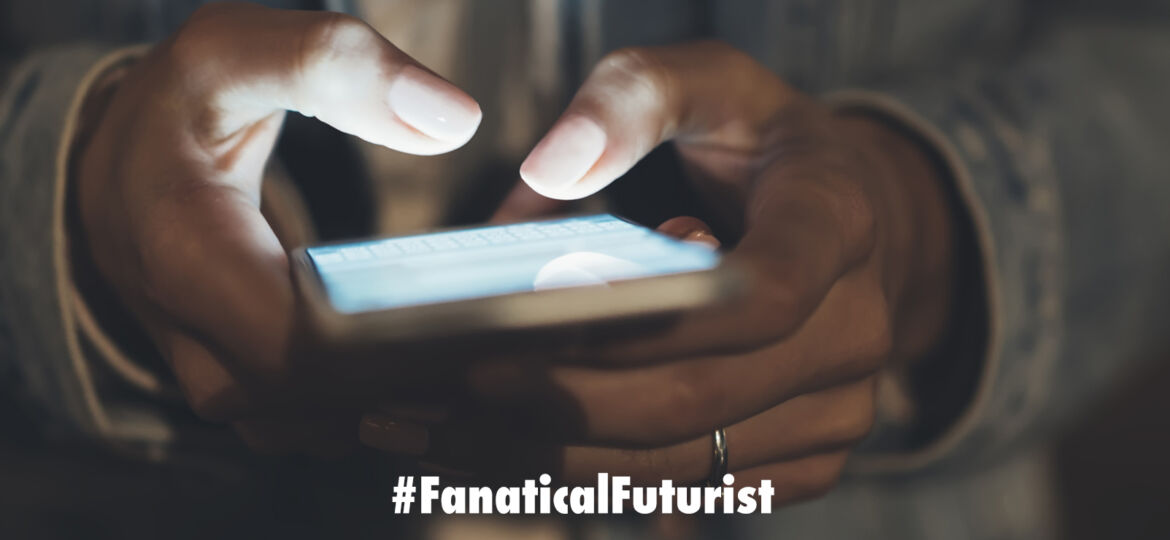
WHY THIS MATTERS IN BRIEF
As we find new easier and cheaper ways to produce companies in the sector are getting ready to revolutionise everything from computer chips to glass.
 Love the Exponential Future? Join our XPotential Community, future proof yourself with courses from XPotential University, read about exponential tech and trends, connect, watch a keynote, or browse my blog.
Love the Exponential Future? Join our XPotential Community, future proof yourself with courses from XPotential University, read about exponential tech and trends, connect, watch a keynote, or browse my blog.
Hardened glass like the near-ubiquitous Gorilla Glass from Corning, which now brings in over $3Bn a year for the company, has made capacitive touchscreens the standard way of interacting with a smartphone. It’s constantly improving, too. Gorilla Glass is resistant to scratching, and newer screens won’t crack nearly as easily as they have in years past. It doesn’t have any bling, though.
Now though a company that makes lab made diamonds from air called Akhan Semiconductor, who are also at the fore front of a new computing revolution, says that it’s close to releasing a diamond coating for glass that would be even more durable than Gorilla Glass – a lot more durable, and tougher to boot. In fact, it’s so good that recently the FBI caught Huawei trying to steal it from the company in a joint sting operation in the US.
Corning, which recently announced Gorilla Glass 5, makes the glass for nearly every high-end smartphone including the Galaxy S7 and new Note7. Apple also uses hardened glass from Corning, but doesn’t like to talk specifics. Akhan Semiconductor says that its Akhan Miraj NCD diamond material is four times as crack-resistant and seven times as scratch-proof compared to Gorilla Glass.
Diamond, being the hardest material known, is a natural choice when you want to make something durable. It’s not the first place electronics companies looked, though. Sapphire glass has been slowly making its way into mobile devices like the Apple Watch and a few ruggedized phones. Apple famously wanted to equip the iPhone with a sapphire glass screen several years ago, but the company that was set up to supply that glass, GT Advanced Technologies, was unable to produce it in sufficient volume and eventually went out of business.
Akhan Semiconductor says that its diamond glass is actually cheaper and easier to produce than sapphire. Scientists have been able to create synthetic diamonds for years, so that’s no problem now. What sets the NCD diamond apart is that it’s only a very thin layer on top of regular UV glass manufactured by Corning. It essentially grows the diamond on a glass substrate via an inexpensive process called Chemical Vapor Deposition (CVD). The diamond component is 800 times thinner than a Gorilla Glass 5 panel and stronger than a pane of sapphire glass.
That all sounds great, but diamond screens could be challenging to implement for some of the same reasons sapphire hasn’t taken off. Because diamond is harder, it won’t scratch, but it can shatter. Akhan claims the thinness of the diamond makes up for that, allowing the panel to be slightly flexible. Reflectivity is also an issue with materials like sapphire and diamond. Again, Akhan says this won’t be a problem because it “tunes” the crystals to lower the index of refraction.
So, as for when you’ll see a Akhan Miraj NCD diamond display, that’s up in the air. Akhan Semiconductor thinks it can have the technology to produce the glass at scale within a year, but it’s looking for licensing partners to actually do the production. It’s even possible Corning will bite …
















